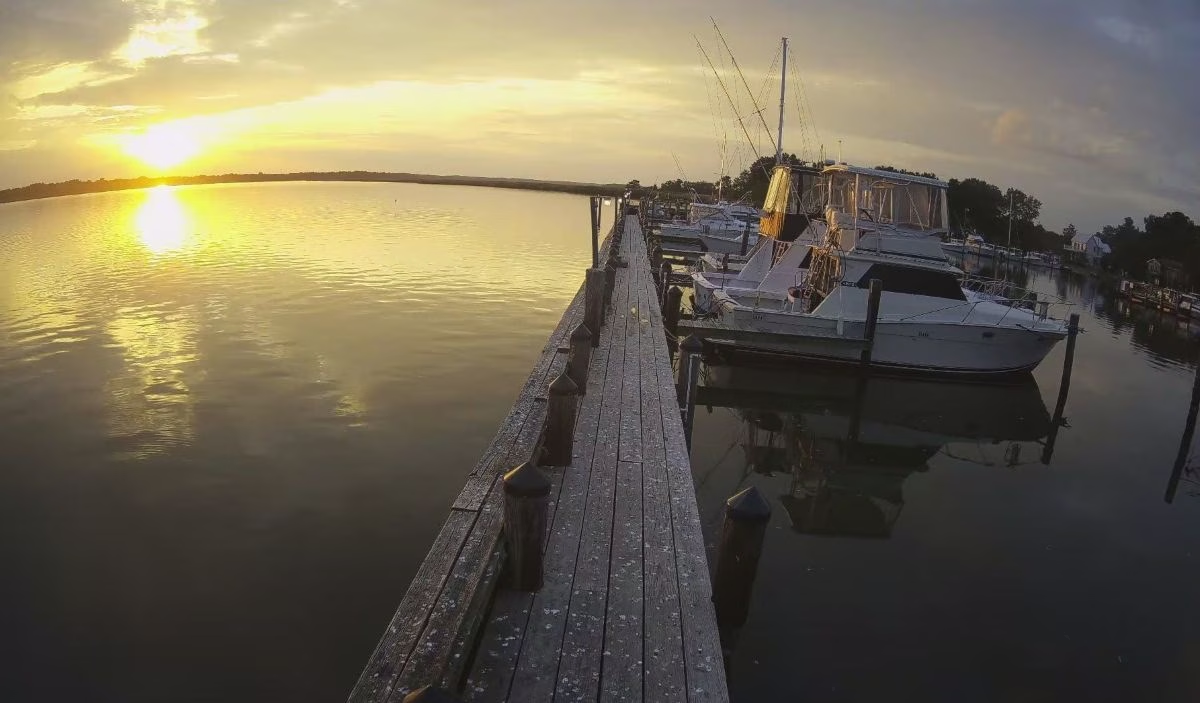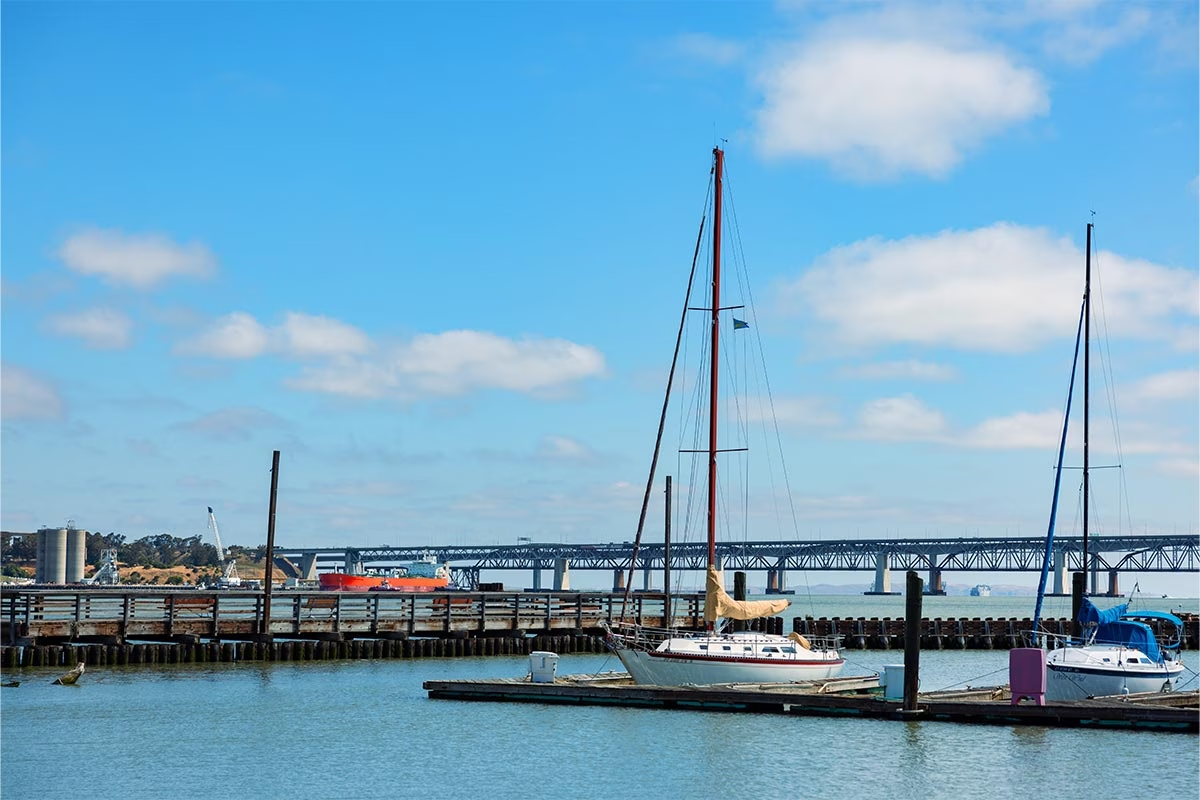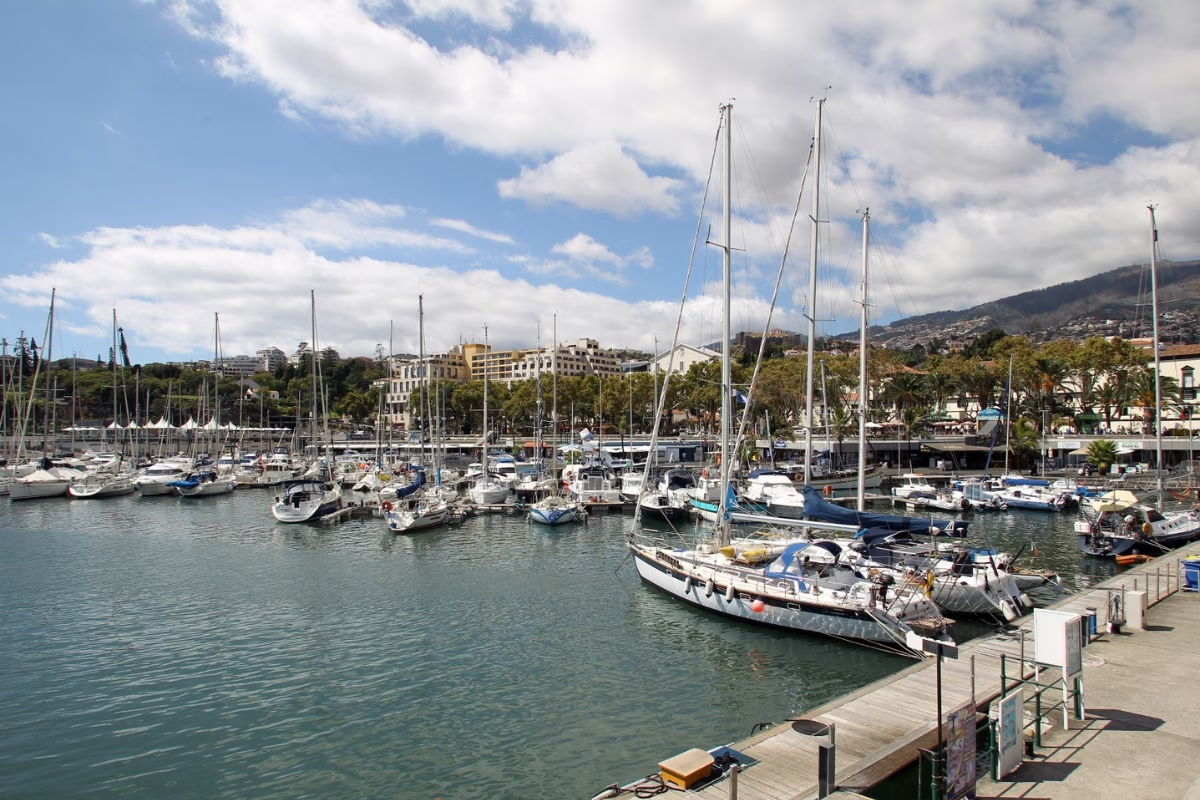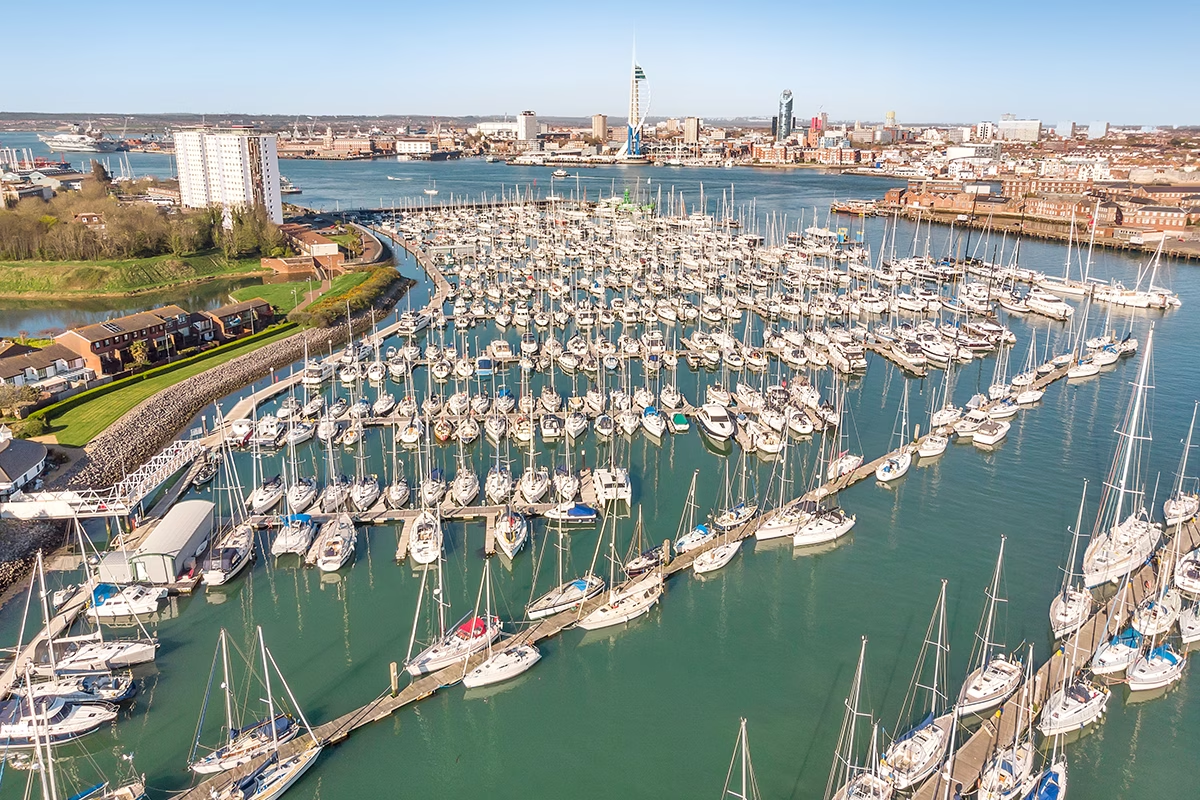Choptank Marina, located along the Choptank River in Maryland, is undergoing a $2.7 million USD renovation aimed at enhancing safety, accessibility and infrastructure for public boating. The improvements are part of a larger state initiative funded through Maryland’s Waterway Improvement Fund.

The work at the marina includes the demolition and replacement of the seawall, pilings, finger piers and decking. The renovation will also update the electrical and plumbing systems, with new service pedestals planned for each slip at the facility. Additional updates will bring “Americans with Disabilities Act” compliant access and improvements to the bathhouse. Once the primary infrastructure work is complete, the marina’s parking lot will also be upgraded.
The Choptank Marina offers a range of amenities to the public, including 70 mooring slips, a boat ramp, water and electric hook-ups, a septic pump-out station, restrooms, a soft-landing area for paddlers, picnic tables and auxiliary parking.
The funding for the renovation comes from the Maryland Waterway Improvement Fund. On 24 July 2024, the Maryland Department of Natural Resources announced a total of $21.5 million in awards for public boating access, waterway navigation and maritime safety projects across the state for fiscal year 2025, which began on 1 July.
Maryland Secretary of Natural Resources Josh Kurtz, stated: “Our waterways are a major component of Maryland’s economic success and cultural identity, and keeping them accessible, safe and navigable are key priorities. The Waterway Improvement Fund, funded by Maryland’s boating public and distributed in close partnership with our waterfront communities, has been a critical component in supporting these activities for decades.”
The Waterway Improvement Fund is financed through a 5% excise tax on boat purchases and a portion of the state fuel tax. Since its inception, the fund has supported over 400 public boating facilities and 250 navigable channels throughout Maryland.
Project applications for fiscal year 2025 exceeded $80 million, with selections made based on public access priorities and community impact.








